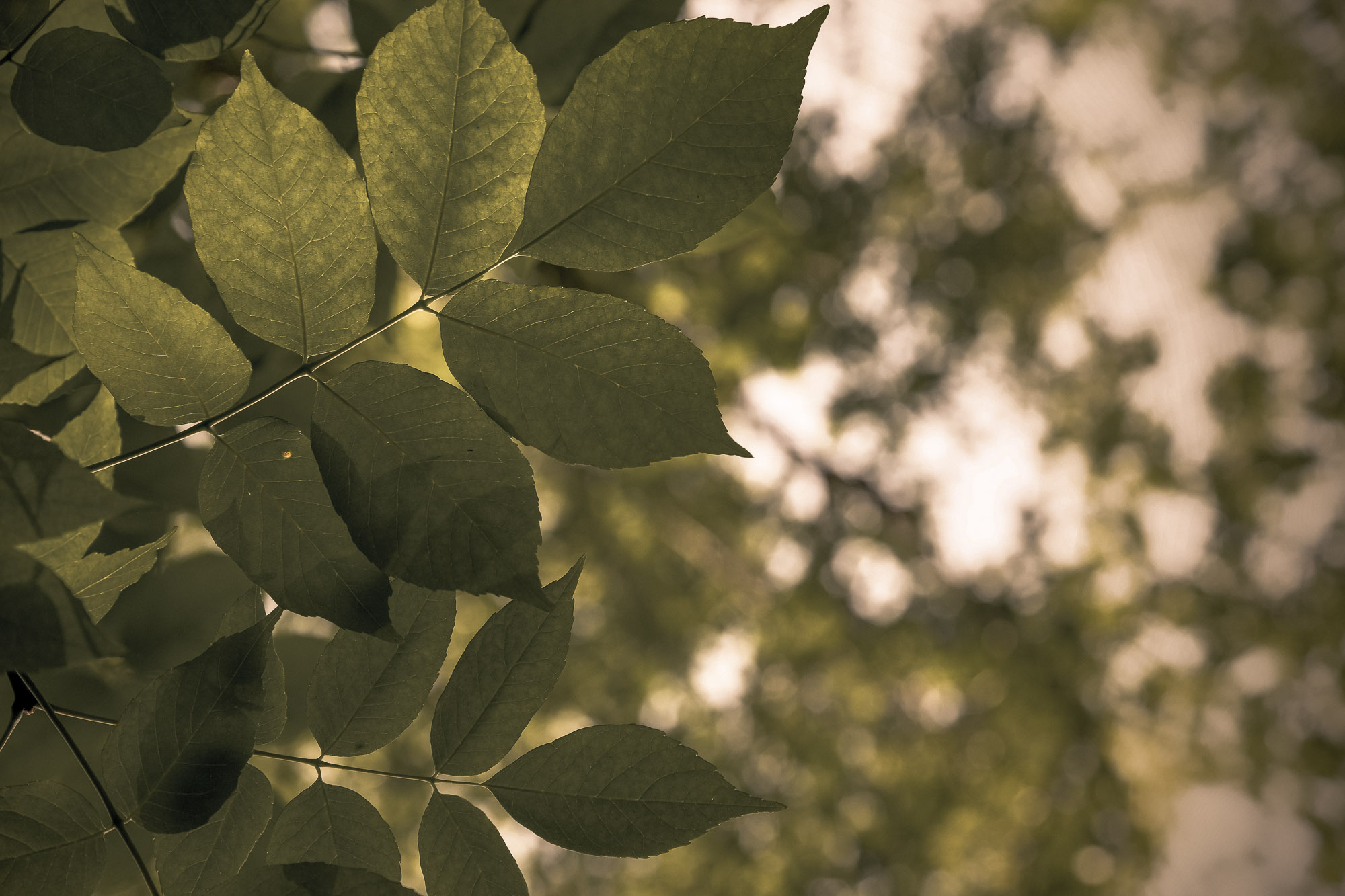LARCH
LARCH
Mature larch can grow to 30m and live for 250 years. It is fairly fast growing and offers a good alternative to slower-growing hardwoods, which can take decades or even centuries to reach maturity.
Although classed as a softwood it is renowned for its impressive strength-to-weight ratio and high resin content making it as durable as many hardwoods.


LARCH
We use larch for the external cladding on our saunas, often burning the surface first with an ancient Japanese technique called Shou Sugi Ban. This acts as a natural protection whilst blackening the surface.


DOUGLAS FIR
Originating from North America, Douglas Fir was introduced to the UK in 1827 by botanist David Douglas. On the west coast Douglas Fir has been known to live up to 1500 years, and reach 85 metres.
Douglas Fir is renowned for its strength, having the highest strength to weight ratio of any wood species along with exceptional durability.


Douglas forms important structural details in our saunas, we often use it for exposed roof rafters and purlins. It has an attractive red/brown colour, that if left exposed to the elements will slowly weather silver or it can be blackened by flame and waxed.

ALDER
Alder is a fast growing native tree found across the UK and Europe, it’s very hardy and can cope with a large array of soil types – it’s particularly good at binding the soil and subsequently reducing erosion. The bark is dark and often with large fissures, lichen grows on its surface, its fruits are a source of food for birds and the catkins provide an early source of nectar and pollen for Bees.
When felled the pale wood of Alder turns a deep orange, the remaining stumps grow back quickly through a process of regeneration known as coppicing.


We often use Alder for the internal panelling and benches of our saunas. It resists twisting and warping in the high temperatures and has natural water repellent properties, making it suitable in humid and hot environments. We often use Alder that has been Thermo treated, this further darkens and stabilises the wood.

ASH
Ash is found growing throughout the UK, it thrives in cool atmospheres and can have a lifespan of up to 400 years. The trees support hundreds of species of insects, bullfinches eat the seeds and woodpeckers, owls, redstarts and nuthatches use the trees for nesting. For centuries Ash trees have been a symbol for healing and magic, and in some mythologies it’s seen as the ‘tree of life’ – a cosmic pillar linking heaven, earth and the underworld.
Ash has been used by carpenters for hundreds of years, it absorbs shocks well making it a popular choice for axe and cricket bat handles as well as ores. It is also prized for furniture making, with its dense and pale grain, it also bends well after being steamed.


In the past 30 Ash back has travelled across Europe and now the UK; a fungal attack with origins in Asia, the spores travel into the tree and prevent the flow of water, leaves turn black and the tree can eventually die. Most of the Ash trees across the UK won’t survive, our landscape will change and habitats impacted. There is hope that some trees are showing a natural resilience, only time will tell. The forestry commission has been encouraging the feeling of Ash trees to slow the spread of the disease, the wood we use in our saunas remains unaffected.
Our Ash goes through a process of thermal modification, turning it to a dark chocolate brown.
